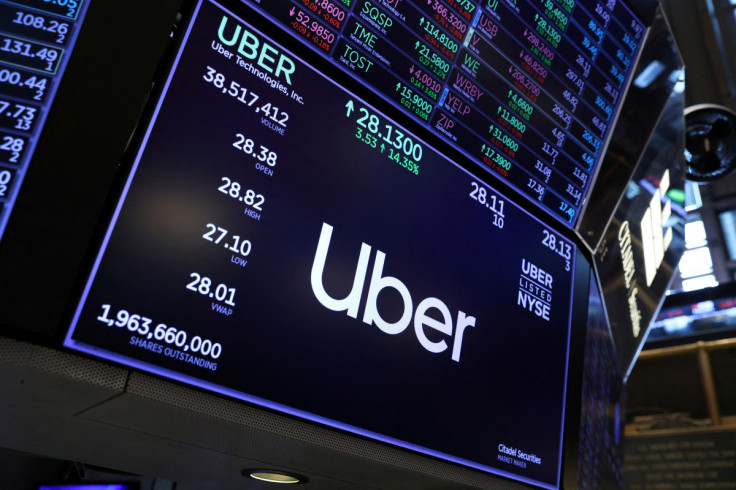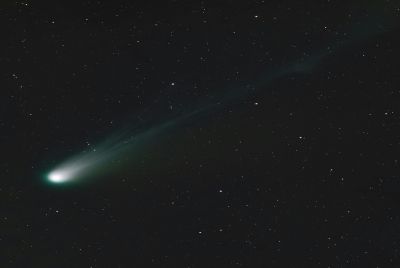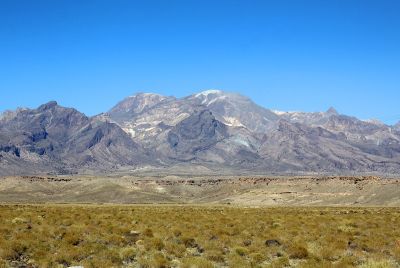Tesla's Robotaxi Threat Sends Uber Shares Tumbling Amid Investor Jitters
Uber shares dip as Tesla edges closer to launching its autonomous ride-hailing service, reigniting competition in the driverless transport race.

Shares in Uber (NYSE: UBER) fell by 3.4% on Thursday, 29 May, after Tesla (NASDAQ: TSLA) made bullish remarks about its forthcoming robotaxi rollout.
The ride-hailing giant faced pressure as Tesla CEO Elon Musk signalled that 'unsupervised' full self-driving cars could soon become a paid service in Austin, Texas, starting in June. Musk also hinted at plans to expand the robotaxi offering to California and other US markets before the year is out, posing a potential long-term threat to traditional ride-hailing models.
Tesla Targets June Rollout in Austin
According to Bloomberg, Tesla plans to debut a version of the service in Austin on June 12, citing an anonymous source—though the date remains unconfirmed by the company and could still shift.
Meanwhile, Tesla CEO Elon Musk took to X to reveal that self-driving Model Y vehicles, operating without a driver behind the wheel, have been undergoing public road tests in Austin for several days without incident.
For the past several days, Tesla has been testing self-driving Model Y cars (no one in driver's seat) on Austin public streets with no incidents.
— Elon Musk (@elonmusk) May 29, 2025
A month ahead of schedule.
Next month, first self-delivery from factory to customer.
Uber Investor Jitters Resurface
Investor concerns have rekindled as speculation grows that Tesla's robotaxi plans may hasten the move away from driver-led ride-hailing services such as Uber.
The renewed pressure follows a similar slump in Uber's stock late last year, when mounting progress from autonomous vehicle players such as Waymo and Tesla stirred doubts about the long-term viability of its driver-reliant platform.
'An autonomous future is in its early days, but it is worthy of consideration that Uber's position may not be as solid as recent stock performance suggests when/if autonomous hits its stride', wrote Wedbush analyst Scott Devitt in a note to clients on Thursday, cautioning that the company's recent share performance may not reflect future risks.
Uber Leans on Robotaxi Deals to Outpace Disruption
As Tesla stirs up the autonomous driving space, Uber is racing to future-proof its ride-hailing model. Rather than resisting the robotaxi wave, the company actively embraces it, inking deals with a growing roster of autonomous vehicle partners.
Uber has already rolled out collaborations with Waymo in Austin and Phoenix, with Atlanta next in line. It's also building out partnerships with global AV players like Pony AI, WeRide, May Mobility, Volkswagen, and Avride, a subsidiary of Nebius Group. These moves aim to integrate robotaxis into Uber's platform before competitors can fully disrupt it.
That strategy has helped boost investor confidence. Uber stock is up 40% year-to-date, even after Thursday's pullback. Shares hit record highs earlier this month, reflecting optimism about the company's adaptability. With an IBD Composite Rating of 94 out of 99, Uber remains a top growth stock contender. But the real test may lie ahead—when robotaxis move from pilot programmes to full-scale adoption.
Tesla's Strategic Projections
For Tesla, the outlook is promising. Its latest earnings call revealed a clear shift in ambition—from being just an automaker to becoming a full-fledged AI and robotics company. The upcoming Cybercab, set for volume production in 2026, sits at the centre of that vision. Alongside this, improvements to Tesla's 'supervised' Full Self-Driving system are being framed as a stepping stone toward safer-than-human autonomy.
While Uber stakeholders weigh the disruption risks, Tesla is charting a course to lead it. If the company delivers on its promises, the conversation may soon shift from whether robotaxis will take hold to who will define the space. For now, Uber is playing defence, while Tesla is playing for the future.
© Copyright IBTimes 2025. All rights reserved.





















